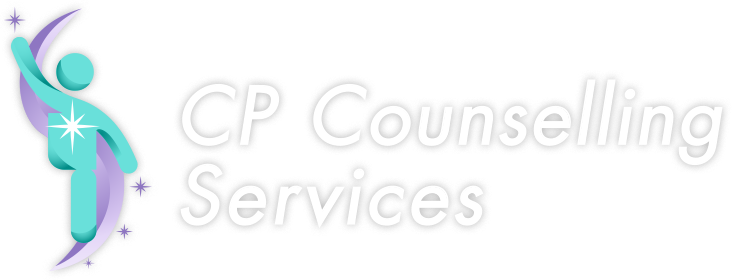Have you ever said to yourself “I’m burnt out! at any time in your life? Ever noticed this in another person? If we are feeling this ourselves, we often feel exhausted, we lack motivation, we may feel “wiped out,” or “stressed out.” The actual term “burnout” is meant to describe a group of symptoms that occur together and are caused by chronic workplace stress.
Burnout is defined in International Classification of Diseases in the 11th in 2019 edition not as a medical condition but rather as: “a syndrome conceptualized as resulting from chronic workplace stress that has not been successfully managed. It is characterized by three dimensions: feelings of energy depletion or exhaustion; increased mental distance from one’s job, or feelings of negativism or cynicism related to one’s job; and reduced professional efficacy.
Who is susceptible and suffers from burnout? Professionally, and demographically, healthcare professionals including but not limited to doctors, nurses and frontline workers often due to an intense work overload and the toll of chronic stress that comes along with it. Teachers and frontline responders are also susceptible to burnout via high emotional labour and demanding workloads. Young professionals, especially workers under 30 are showing high rates of burnout linked to factors such as layoff anxiety, heavy workloads and a lack of resources or autonomy. Women also consistently report higher levels of burnout which may be influenced by factors such as inequality in the workplace and a disproportionate burden of family caregiving responsibilities.
There are individual risk factors for burnout such as perfectionism, an ill work-life balance, difficulty in setting boundaries or a highly driven personality to name a few. There are also situational risk factors mostly out of our control such as the workload, a lack of autonomy and control over our work, unfair treatment or a toxic environment where work relationships are characterized by conflict, lack of support, and a good deal of mistrust. This is not an exhaustive list.
Do you know the symptoms of burnout? Physically you may feel fatigue or exhaustion and not being able to restore energy. You may suffer pain such as headaches or backaches or muscular pains. You will likely be more susceptible to colds, flu, and infections due to a toll on your immune system. Sleep may become problematic and you may have gastrointestinal symptoms or skin issues such as hives. Changes in appetite are likely.
Behaviourally, you may have difficulty performing your tasks as you once did. Your productivity may decrease, you may procrastinate, isolate yourself and have a problem with absenteeism.
Your thoughts may be negative toward your job. You may have an increased focus on your errors or failures whether real or perceived. You may begin to feel detached from you job and have negative attitudes toward clients, customers, or colleagues. You could develop a cynical attitude toward all of these also. It may become difficult to concentrate or make decisions. You may begin to have an increased with to leave the job entirely.
Your emotions and motivations change as you have low excitement or engagement. A decreased job satisfaction as well as frustration, anger, or anxiety to name a few. Feelings of incompetence and a decrease in self-worth or confidence are common.
If you know or have been assessed with burnout, how can you help yourself recover? There are lifestyle adjustments you can put into place such as prioritizing sleep, regular exercise, eating a balanced diet, a focus on good hydration. You can also begin a practice of mindfulness to become aware and befriend your thoughts and feelings without judgment. Other activities like include a yoga practice and regular deep-breathing exercises are also great. Learning how to say “no” if you are feeling overwhelmed is essential. Try to ensure you have the resources and energy to take on a new or another task.
Speak with your supervisor about your workload and try to strategize at redistributing some tasks or setting more realistic goals. If you can, divide larger tasks into smaller, more digestible steps so they are not as daunting. Seek support at work from the appropriate colleagues which you trust and feel safe with. You may have an Employee Assistance Program at your company to help provide services for you.
Finally, seek professional help if this is getting out of hand. A therapist can provide coping strategies and support to get you back on the path to wellness. See you next time. 😊

